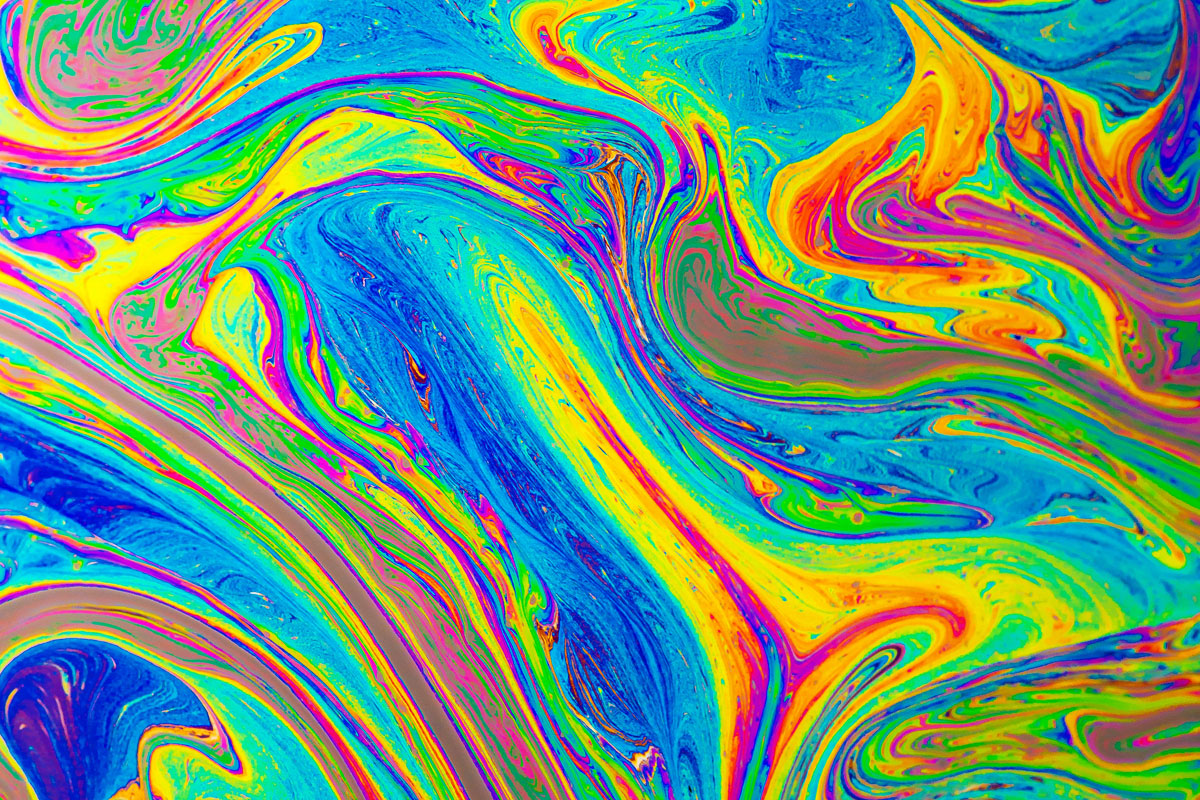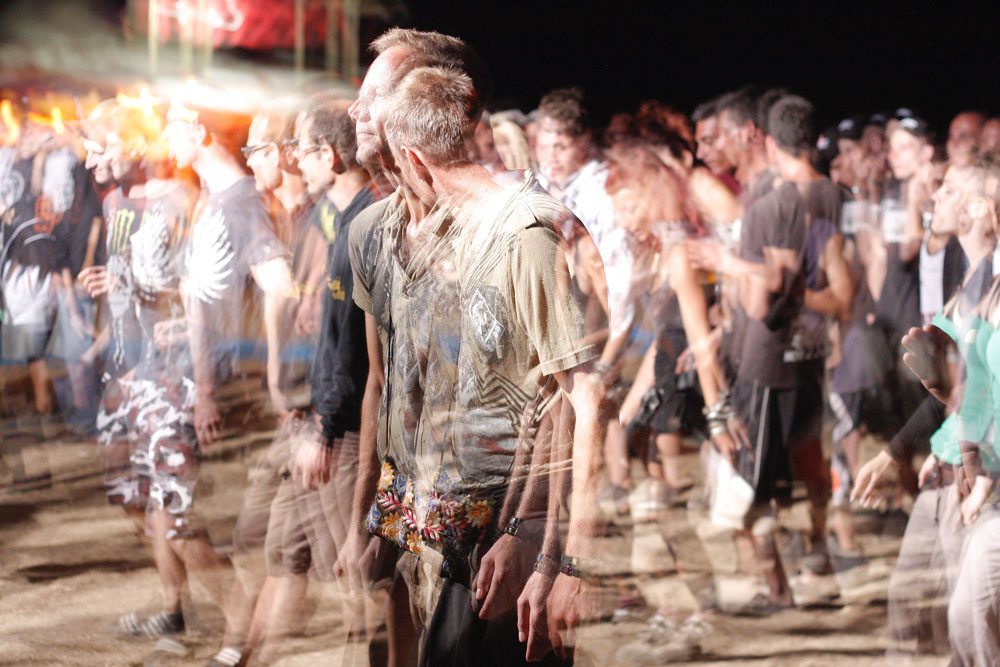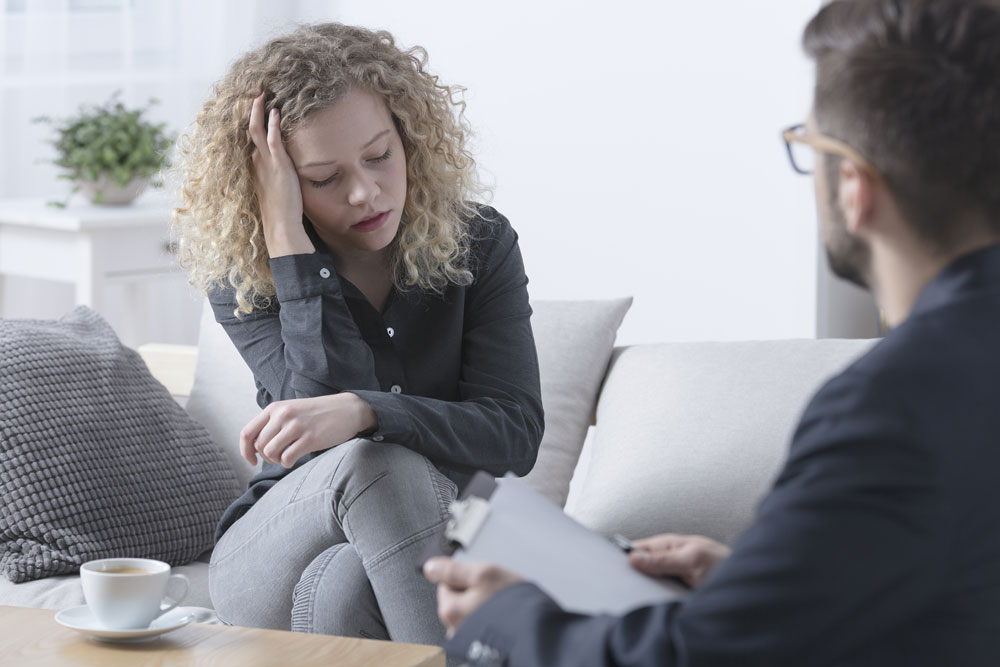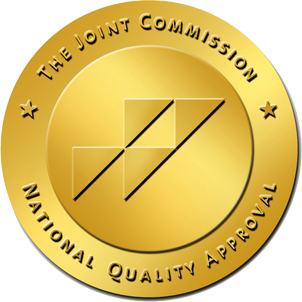
LSD is an extremely popular psychedelic drug that’s been commonly used since the 1960s. In fact, today, some 2.7 million Americans use hallucinogenic like LSD, MDMA, or DMT.
Those drugs are often seen as relatively harmless and short-term, to the point where 3 million Americans admit to having tried them at least once. LSD is largely seen as safe. Most people don’t consider it to be a risk.
Therefore, it’s especially important to understand the potential long-term impacts of LSD when you or a loved one is taking more than one dose. However, even at one dose, LSD can have impacts that last for months.
What is LSD?
LSD or Lysergic acid diethylamide is a synthetic drug, derived from the ergot fungus. It’s produced for recreational usage (usually illicitly) as well as for medical usage, normally for brain surgery. The drug works by binding to serotonin receptors, causing increased activity of the neurotransmitters. This results in feelings of euphoria, hallucinations, and energy.
However, as LSD is often manufactured illicitly and without quality controls, the quantity, quality, and dosage can vary significantly between pills. This means that a single dose might be enough to do nothing, to cause euphoria and hallucinations, or to cause a near-overdose and a bad and frightening experience. That’s especially true considering LSD dosage depends on body weight, body fat, and metabolism – which most recreational users cannot properly check and diagnose for themselves.
What Happens When You Take LSD
LSD binds to the serotonin receptors, causing increased reactivity of the serotonin in your brain. It does not cause new serotonin production – but does prevent reabsorption. This results in:
- Elevated blood pressure
- Visual hallucinations
- Visual hallucinations
- Dry mouth
- Sensory hallucinations
- TremorsHeart palpitations
- Feelings of euphoria
- Visual hallucinations
- Sensory hallucinations
- TremorsHeart palpitations
- Sleeplessness
- Sweating
- Fever
- Paranoia
- Anxiety
- Inability to determine what’s real or not
- Emotions which are not your own (E.g., happiness, fear, discomfort)

Depending on the user, the larger the dose, the more likely the “trip” is to be negative.
Get Your Questions Answered
Our expert & caring staff on site are available 24/7. Call us today.
Hallucinogen Persisting Perception Disorder (HPPD)
A small percentage of the population is vulnerable to a disorder known as hallucinogen persisting perception disorder. This disorder, also known as flashbacks, occurs when the brain sometimes reverts back the hallucinogenic state. Users reexperience a trip weeks, months, or years after taking the drug, with the longest recorded flashback happening 4 years after the final dose. The more you use, the more vulnerable you are to flashbacks. However, with an estimated 1 in 20 regular hallucinogen users experience HPPD, it’s common enough. If you also take other drugs, that rate goes up to 23% of all users.
That’s important because HPPD can be extremely disruptive and even dangerous, especially if you’re driving a car.
Long-Term Impacts of LSD Usage
If you use LSD once, it’s unlikely to have any long-term effects. However, if you use LSD more often over the long-term, you will almost certainly see side-effects. However, LSD has a low to nonexistent addiction risk. Users can develop behavioral dependency, but it’s extremely unlikely, unless you’re also using other drugs at the same time.
In most cases, the symptoms you can expect to see include:
Emotional blunting – a sensory issue where you’re more accustomed to being high than not-high. This normally happens as the brain changes serotonin production to meet the changes in how serotonin is used in the brain. For example, if you constantly take LSD, you constantly have extra serotonin activity in the brain, the brain attempts to account for this by producing less serotonin. Therefore, when you don’t take LSD and your brain absorbs serotonin as normal, you have less of it in your system and are therefore able to feel pleasure and happiness less. You feel numb, indifferent, or even uncaring and things like hugs, positive social interactions, and love simply feel muted.
Tolerance – LSD is not addictive in most respects, but it is tolerance inducing, following the same pattern described above. Once the brain starts to adjust levels of produced serotonin, you need more LSD to produce the same effects in the brain. In addition, tolerance can lead to mental addiction. If you’re having trouble feeling or feeling good off the drug, you might come to rely on it for feeling good. That’s a rare side-effect and it’s unlikely, but it can happen.
Paranoia – Many people taking LSD over the long-term will begin to experience more frequent episodes of psychosis. This normally starts out with light paranoia and irrationality and escalates into extreme anxiety, paranoia, irrationality, and even panic attacks. This is also thought to link to serotonin absorption and uptake in the brain, as you have less of it to absorb and be absorbed.
Eventually, these effects can have significant impact on your mental health. That’s even more true if you have an existing anxiety or psychotic disorder, such as schizophrenia or bipolar disorder. Individuals with underlying problems are also more likely to be strongly affected, which means that LSD can put them more at risk.
In most cases, the long-term side-effects of LSD are linked to anxiety, panic attacks, and mood swings. You’re more likely to experience strong negative emotions after a long period of LSD usage. However, those effects typically settle within a few months of quitting the drug.
Do You Need Treatment?

LSD is relatively non-addictive, it’s safe to use for the short-term, has no real habit-forming tendencies, and people recover from it quickly. That’s why many people rely on it as a recreational drug. However, anyone who’s using an illicit drug long-term and especially in high quantities is struggling with something. That might mean underlying mental health problems. It might mean a substance use disorder developed around a different drug. It might also be a coping mechanism to deal with pain or emotional pain.
The thing is, there’s always a reason for using. Getting treatment can help you to identify, resolve, and move past those underlying problems. If you’re using a drug to feel better, you need something to feel better, and that normally means getting treatment.
For example, even if you’re struggling with depression, going into it from the perspective of looking for self-medication helps you to tackle the coping mechanisms and motivation to get treatment first – after which you can move into another form of therapy.
LSD is largely seen as safe by the general public. That isn’t always the case and LSD can have significant long-term impacts, especially in terms of flashbacks. Therefore, it’s important to treat it with caution, to ensure you’re using responsibly if you’re using at all, and to plan for the worst of having several years of long-term effects after using.
If you or your loved-one struggles from substance abuse please contact us today to learn more about our detox and residential treatment programs. We’re here to provide help and answer any questions you may have.






